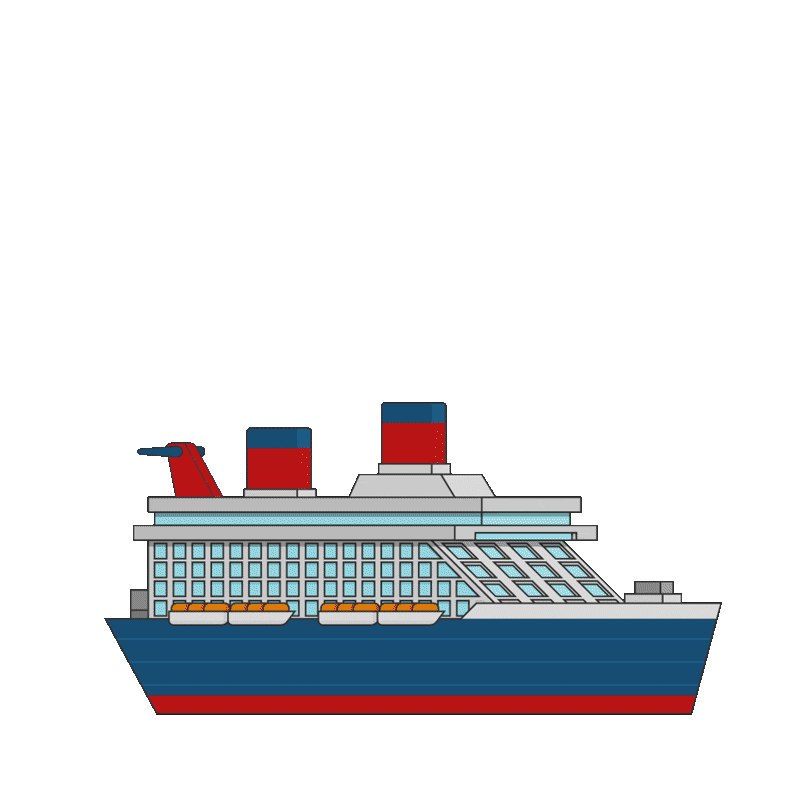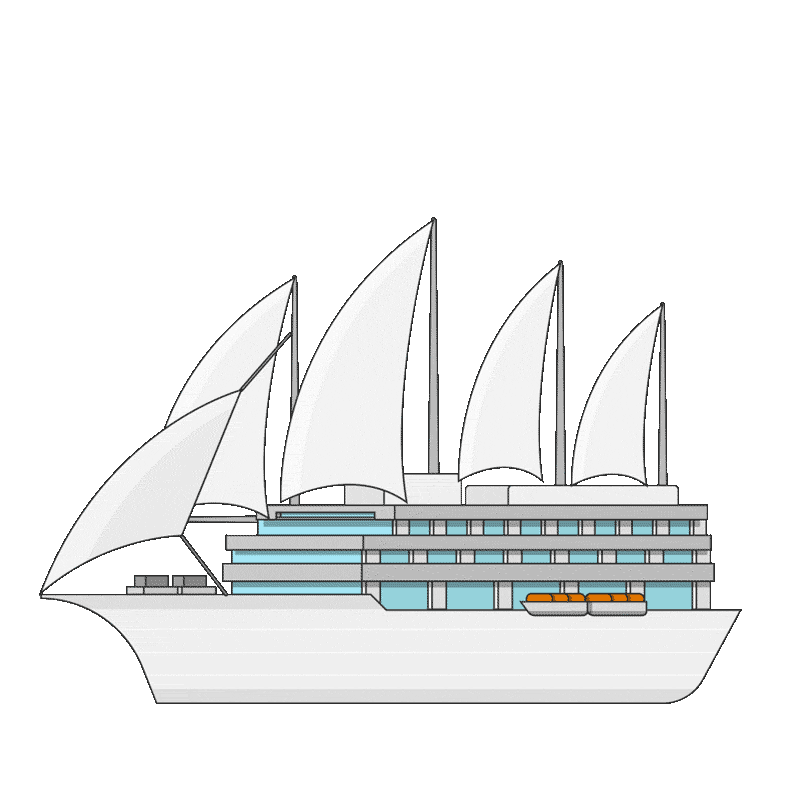Shipping is a dirty business that is in dire need of transformation. It pollutes the air we breathe and is linked to approximately 400,000 premature deaths a year from lung cancer and cardiovascular disease alone. Cruise ships in the arctic burn the dirtiest fuel there is and wreak havoc on the fragile ecosystem. The industry sends it old ships to be broken down on beaches in poorer countries, allowing hazardous materials to be washed out to sea and endangering the lives of workers. And shipping carbon emissions – 3% of global CO2 – continue to grow year on year. Yet it remains one of the few sectors of the global economy that has not started the transition towards a decarbonised economy. Its first sector-specific emissions reduction target was only agreed in April 2018.
But the early signs of change are there. In 2018 the IMO, the UN agency that regulates shipping, extended its imminent ban on marine fuels with a sulphur content above 0.5% to include a ban on carrying such fuels. T&E, through its Clean Shipping Coalition of NGOs, fought hard for the law which, it’s estimated, will help avoid around 700,000 cancer and cardiovascular disease-related premature deaths and around 40 million childhood asthma cases during the first five years of its implementation.

In vino veritas
We also teamed up with environmental groups around the world to call on industry giant Carnival Cruises to stop using one of the world’s cheapest and dirtiest fossil fuels – heavy fuel oil (HFO) – when sailing in fragile Arctic and sub-Arctic waters. When burned, HFO releases greenhouse gases and other dangerous pollutants like sulfur dioxide and soot called black carbon, which settles on sea ice and rapidly accelerates its melting. The loss of sea ice is devastating for Arctic wildlife and communities. We took the case to consumers, demonstrating that it would cost passengers just the price of a glass of wine a day if cruise ships would stop burning HFO in the Arctic. The IMO has agreed to develop a ban on HFO from Arctic waters and the coalition won’t rest until it’s signed off and implemented.
But even when the path to transformation had been agreed, some in the shipping industry tried to delay and even reverse progress. The EU had long planned to implement new rules for ship recycling in January 2019, yet last year attempts were made to include low-cost ship ‘breaking’ yards outside the EU on a list of approved facilities. The industry claimed these yards – often located on tidal mudflats in South Asia where it is not possible to contain toxic material, and where workers lack proper protective equipment – were needed to satisfy demand for ship recycling in Europe. Ahead of a critical EU meeting, T&E and the NGO Shipbreaking Platform produced a thorough analysis showing that Europe’s facilities do have sufficient capacity to meet demand. This fast action helped ensure that sub-standard shipbreaking yards – which would never be allowed to operate in EU countries – stayed off the EU list.
London calling
Progress on reducing shipping’s climate impact had long been stalled as the global community dragged its heels. In a bid to build momentum ahead of a key IMO meeting last April, T&E ranked EU governments based on their ambition in pushing for an effective climate plan at the UN organisation. Three of the five least ambitious countries – Malta, Greece and Cyprus – are also the EU’s biggest shipping registries. They fought hard to convert an EU commitment to support a 70-100% reduction in maritime greenhouse gas emissions worldwide by 2050 (compared to 2008 levels) into an aspirational goal only.
After two difficult weeks of talks in London – where T&E joined climate activists in a colourful demo the likes of which delegates had never seen – governments agreed to require international shipping to decarbonise and at least halve its emissions by 2050. While T&E welcomed the IMO’s first ever climate commitment, the lack of any clear plan to deliver the emissions reductions, including urgently needed short-term measures, was a major concern. A follow-up IMO meeting in October became bogged-down in procedural matters, revealing the total lack of urgency inside the room.
The voyage to 2050
But shipping’s transformation is inevitable if the EU is to decarbonise transport by 2050, as the Commission has proposed. Achieving that will mean powering European ships with batteries, hydrogen and/or ammonia, T&E’s roadmap shows. That will require only half the amount of renewable electricity that less efficient solutions like synthetic methane or synthetic diesel would need. Fossil gas is certainly not the way forward: independent research for T&E found that liquified natural gas (LNG) infrastructure for shipping in Europe would cost $22 billion to roll-out, and would deliver, at best, a 6% reduction in ship greenhouse gas emissions by 2050 compared to the diesel fuel it would replace and after taking into account methane leakage. In fact, these meagre emissions savings would likely be cancelled out by the growth of maritime trade. The key to the transformation is fossil and carbon-free fuel.
Other campaigns
trucks
Chunky and gluttonous vs fit and sleek. Which one do you bet on?
Planes
Loud and stingy vs silent and smooth. Which one do you bet on?
Energy
Expensive and unreliable vs cheap and renewable. Which one do you bet on?





